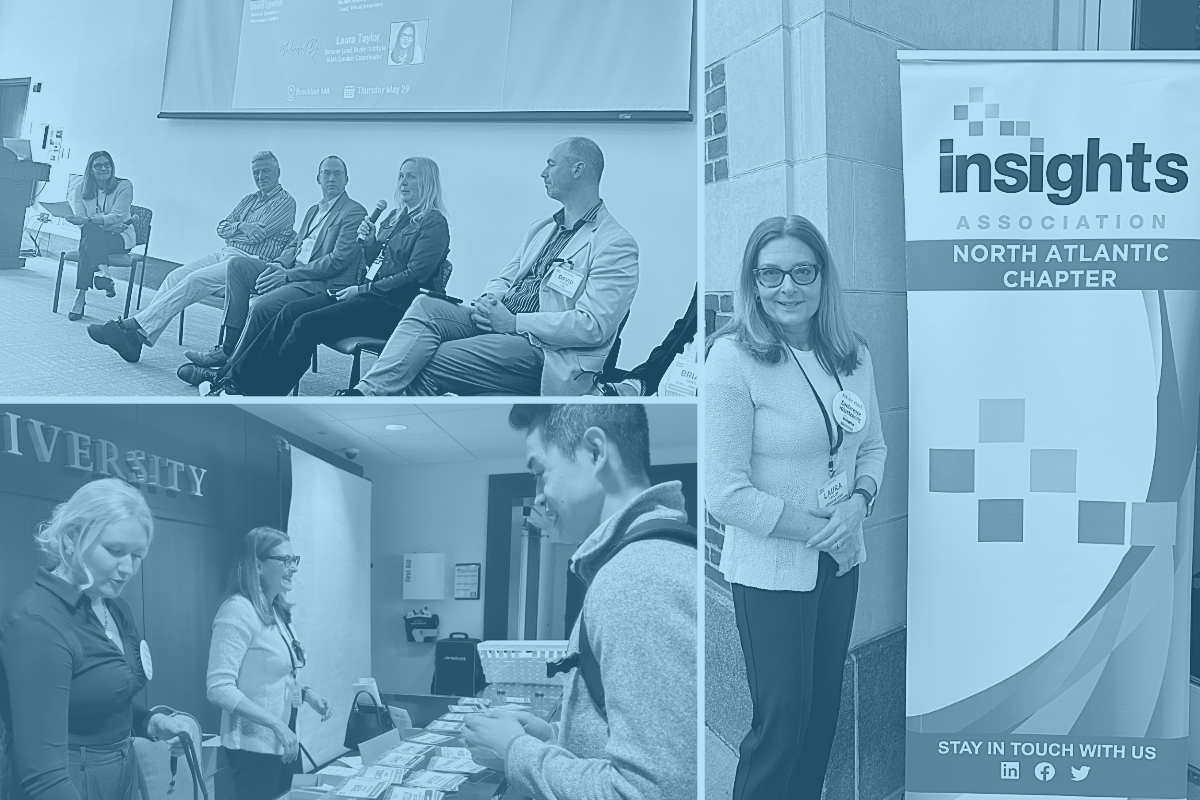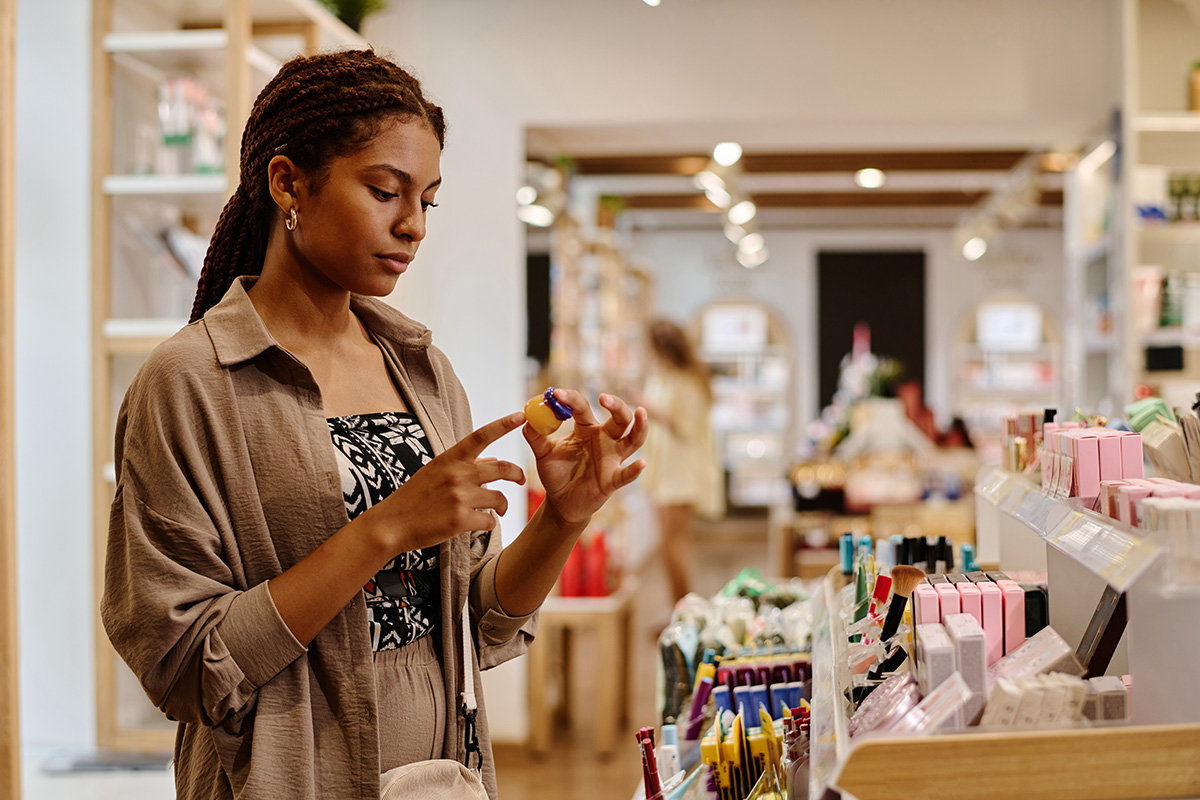
Two Oceans, One Current: Integration of Qualitative Research and Quantitative Research
Have you seen the above image? It’s striking.
Two bodies of water that appear to be distinct and different – but are they truly separate?
Oceanologists have proven that these two bodies of water actually do mix below the surface. So, what meets the eye doesn’t always tell the whole story. We can see a similar relationship between qualitative and quantitative research: what once appeared separate, blends together as one driving current. It becomes a current that flows toward a singular expression of truth, based on the synthesis of qualitative nuance and quantitative breadth.
So, here are four critical advantages of merging qualitative research and quantitative research:
![]() Going below the surface: Where qualitative research and quantitative research techniques come/flow together.
Going below the surface: Where qualitative research and quantitative research techniques come/flow together.
Insights are messy. That’s because they don’t actually exist in qualitative or quantitative research—they exist in humans. As researchers, we’re tasked with using any approach to uncover those insights. To that end, cross-technique pollination has empowered researchers to adapt approaches outside of traditional qual/quant boundaries. These techniques come together below the surface, resulting in deeper, more profound insights.
An illustration: We know that consumer-use tests provide helpful information such as overall purchase likelihood ratings, perceptions of performance, likes and dislikes, etc. But what if we could unlock the emotion behind product use?
Image association inspires consumers to think of words that they might not have thought of just from using the product. For example, when asked about a personal hygiene product, a consumer selected a picture of a duck entering a pond alone. She used this picture to describe how she felt like she was “waddling” when using the product and felt as if everyone was staring at her. She felt isolated, on display, and uncomfortable. This contextual learning greatly enriched the depth of our insights. And while the use test shed light on the actual product issues, it was the image-association exercise that illuminated the emotions tied to product use. So, even though image association is a foundational tool in qualitative, it brought new life to quantitative research.
![]() Strong currents integrate separate bodies of water—faster.
Strong currents integrate separate bodies of water—faster.
Every day we are pushed to make decisions faster. Where strong currents are driven by bodies of water coming together, similarly, we now see that research phases done together yield faster consumer decisions. It’s incredibly powerful when we can adapt research questions and approaches in-the-moment to emerging (and even unanticipated) insights. A well-planned approach that blends qualitative and quantitative techniques can lead the research team to answers and action in less time than a multi-phase, sequential learning plan.
An illustration: It’s the challenge of a research career: how do we complete a typical eight-month learning plan in six weeks? This was a real ask presented to our team by a global consumer goods company. Our answer was Accelerated Learning Labs®—a blend of the best from qualitative and quantitative. We surveyed a medium-sized sample of consumers, adapted questions along the way, and captured in-depth consumer input qualitatively. Using Accelerated Learning Labs® provided portfolio architecture answers in a fraction of the time vs. a typical research learning plan.
![]() As two waters come together, no resource is wasted.
As two waters come together, no resource is wasted.
As we know, some consumers are less engaged in providing feedback. But as researchers, it is our job to understand what they are thinking, feeling, saying, and doing. Recently, we have started to see elements of projective techniques (which have typically lived in qualitative) pop up in quantitative research. But why is that? Well, leveraging elements from both approaches can be more fun and engaging for respondents (and researchers). If a respondent is more engaged and at ease, they are more likely to share their opinions freely. When sharing is effortless, it empowers research teams to understand, relate to and WANT to do something about the insights uncovered.
An illustration: So many product-development areas, so little time. A consumer health and wellness company needed to prioritize dozens of product improvement ideas. Early-stage concept screening of this size would be costly and time-consuming; however, a prediction market was able to extract the most value from the time we had with respondents in a fun, engaging, and gamified way. In this scenario, we clearly and expediently prioritized a direction/area for further development, making the most of the research investment.
![]() Once blended, the strength of one current propels business decisions forward.
Once blended, the strength of one current propels business decisions forward.
Real consumer knowledge flows together from one interaction to the next. This kind of understanding goes beyond findings in a research report—after all, it’s easy to dismiss one study, but when multiple pieces of research yield the same feedback, it’s hard to deny the prospective validity of an insight.
To achieve this synergy in understanding, it’s critical to engage the same team throughout the research process. When a team lives the research, they absorb it, gaining more comprehensive insight and knowledge of the market. The more brand teams—and even creative agencies—involved in this process, the more insight can be carried forward in other endeavors.
An illustration: In an effort to reimagine its brand positioning, a consumer goods manufacturer engaged its creative agency, brand team and research team in all aspects of the project—from the initial kick-off to results activation sessions. The team articulated objectives together and pressure-tested their thoughts in qualitative format. Then, the team refined and repositioned their thoughts for final consumer input in a quantitative format. The opportunity to weave the consumer voice from one conversation to the next prepared the team to shift seamlessly from “what,” to “so what,” to “now what.” Two years later, this positioning work continues to be a foundational conversation within the client organization because the integrated research team lived the work as exactly that… a team.
The illusion of two separate bodies of water may be striking, but the strong current underneath the surface, where they come together as a cohesive force, is truly powerful. In research, consumer insight means everything. And to capture the most meaningful insights, we too must dive below the surface to harness the additive power of both qualitative and quantitative research.
At the end of the day, we’re better researchers when we challenge ourselves to see beyond the illusion of separateness and look into the depths…in search of deeper, more meaningful insight.
As always, you can follow Burke, Inc. on our LinkedIn, Twitter, Facebook and Instagram pages.
Source: Feature image – @Gianni Oliva – stock.adobe.com








